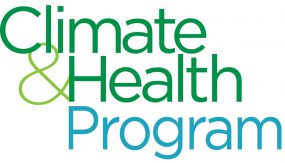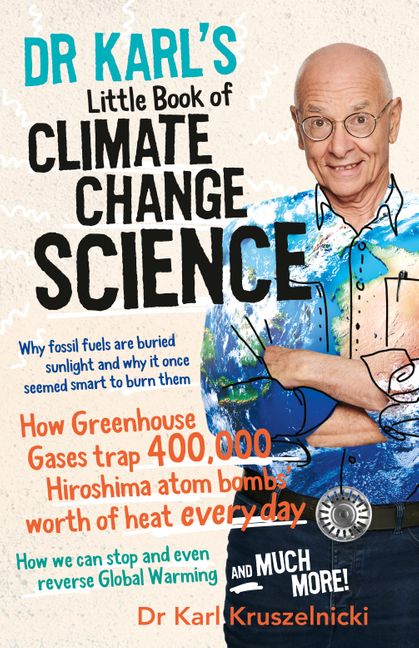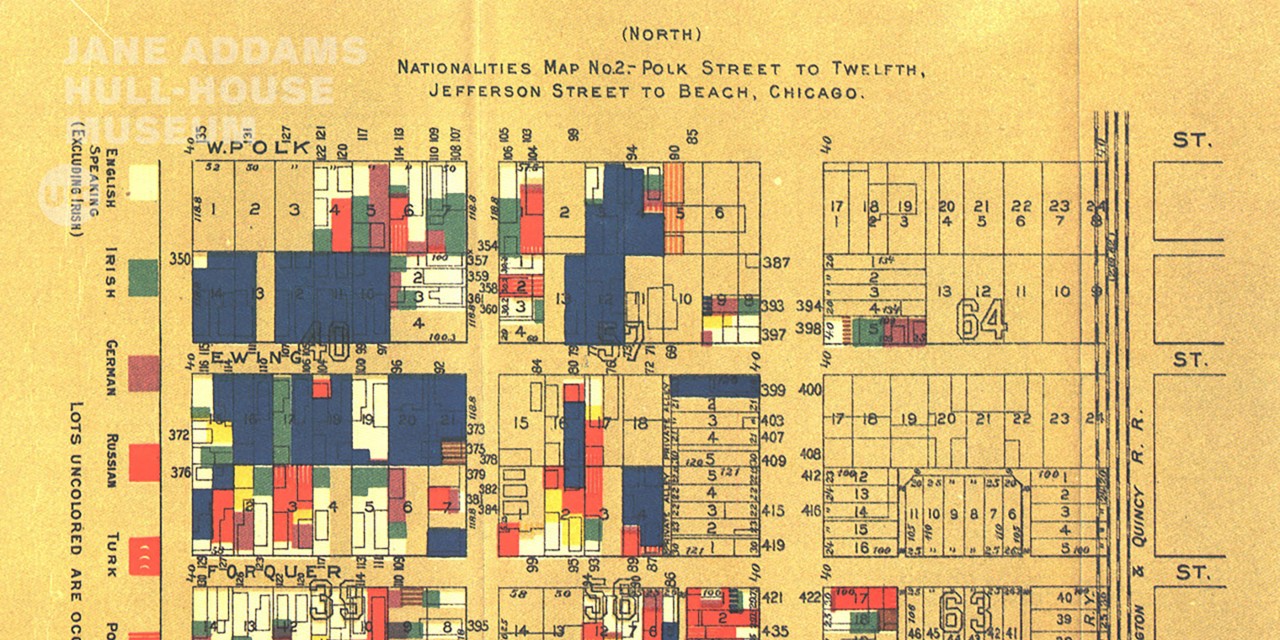Report on Chicago’s Climate Adaptation Strategies for Extreme Heat Events
Executive Summary
In response to a catastrophic heatwave in 1995, the City of Chicago initiated a comprehensive climate adaptation strategy to mitigate the impacts of future extreme heat events. This report details the city’s approach, which involved a thorough vulnerability assessment and the implementation of the Chicago Climate Action Plan. These actions directly align with several United Nations Sustainable Development Goals (SDGs), particularly SDG 3 (Good Health and Well-being), SDG 11 (Sustainable Cities and Communities), and SDG 13 (Climate Action). The city’s focus on green infrastructure and emergency preparedness demonstrates a proactive commitment to building urban resilience and protecting its residents.
Vulnerability Assessment and Strategic Planning
Projecting Future Climate Risks
To understand the evolving threat, Chicago conducted a detailed vulnerability assessment. This initiative is a critical component of SDG 13 (Climate Action), which calls for strengthening resilience and adaptive capacity to climate-related hazards.
- Future temperature conditions were projected under various emissions scenarios, indicating that by 2050, Chicago could experience heat events comparable to the 1995 disaster as frequently as twice per decade.
- An algorithm was developed to analyze historical and future climate changes alongside residents’ acclimation capacity, allowing for an estimation of future risk for heat-related mortality. This directly supports the health-focused targets of SDG 3 (Good Health and Well-being).
- A simulation of a major heatwave event was conducted to better understand potential impacts on the city’s infrastructure and population.
The Chicago Climate Action Plan
The findings from the vulnerability assessment informed the Chicago Climate Action Plan, a strategic framework for adaptation. This plan prioritizes preparedness for extreme heat, embodying the principles of SDG 11 (Sustainable Cities and Communities) by aiming to make the city safer, more resilient, and sustainable. The plan’s focus is on reducing risk through enhanced emergency response and proactive mitigation strategies.
Implementation of Adaptation and Resilience Strategies
Enhancing Emergency Preparedness and Response
Chicago has promoted resiliency through robust emergency response procedures, a key measure for protecting public health and achieving SDG 3.
- Cook County’s Hazard Mitigation Plan was updated to specifically include heat-related emergency response protocols.
- The city’s Extreme Weather Operations Plans were designed with inherent scalability to effectively manage the projected increase in the frequency and intensity of environmental hazards, aligning with the disaster risk reduction targets of SDG 11.
Urban Heat Island Reduction Initiatives
A core component of the strategy was to address the urban heat island effect through targeted green infrastructure projects. These efforts contribute significantly to SDG 11 by improving the urban environment and SDG 15 (Life on Land) by increasing urban green spaces.
- The city identified urban heat island “hot spots” to prioritize the implementation of heat reduction strategies.
- Municipal programs and building codes were updated to promote green and cool infrastructure, including:
- Requiring new flat roofs to meet EPA Energy Star Cool Roof Standards.
- Supporting commercial green roofs through a Tax Increment Financed Improvement Fund.
- Providing incentives, such as an expedited “Green Permit Process” and grants, for the adoption of green infrastructure.
Integrated Planning and Sustainable Co-Benefits
Synergies with Broader Sustainability Goals
Chicago’s approach demonstrates the power of integrated planning, where climate adaptation strategies yield multiple co-benefits. By incorporating heat island reduction measures into long-term planning, the city also addressed other environmental challenges. This holistic approach is central to the 2030 Agenda for Sustainable Development.
- The implementation of green roofs, cool pavements, and increased vegetation not only lowers urban temperatures but also provides substantial benefits for stormwater management.
- This synergy directly supports SDG 6 (Clean Water and Sanitation) by mitigating the impacts of heavy precipitation events, showcasing an efficient use of resources to advance multiple sustainability objectives simultaneously.
1. Which SDGs are addressed or connected to the issues highlighted in the article?
SDG 3: Good Health and Well-being
- The article directly addresses public health by focusing on the deadly 1995 Chicago heatwave, which “led to the deaths of several hundred people.” The city’s subsequent actions, such as the Climate Change Action Plan and emergency response procedures, are primarily aimed at preventing future heat-related mortality and protecting the well-being of its residents.
SDG 11: Sustainable Cities and Communities
- The entire article is a case study of a city, Chicago, taking action to become more resilient and sustainable. It details urban planning strategies like green infrastructure projects, updating building codes (“new flat roofs meet EPA Energy Star Cool Roof Standards”), and creating public spaces with “increased vegetation and trees” to combat the urban heat island effect and improve the quality of life in the city.
SDG 13: Climate Action
- The article is fundamentally about climate action at the local level. Chicago’s initiatives are a direct response to “changes in environmental conditions” and the threat of climate change. The “Chicago Climate Action Plan” is an explicit strategy for climate adaptation, aiming to “strengthen resilience and adaptive capacity to climate-related hazards” like extreme heat events.
2. What specific targets under those SDGs can be identified based on the article’s content?
SDG 3: Good Health and Well-being
- Target 3.d: Strengthen the capacity of all countries, in particular developing countries, for early warning, risk reduction and management of national and global health risks.
- This target is relevant because Chicago conducted a “vulnerability assessment to better understand the threat” and developed “heat-related emergency response procedures.” These actions directly enhance the city’s capacity for early warning and risk reduction concerning the health impacts of heatwaves.
SDG 11: Sustainable Cities and Communities
- Target 11.5: By 2030, significantly reduce the number of deaths and the number of people affected…caused by disasters.
- The article’s central theme is preventing a recurrence of the 1995 heatwave disaster that caused hundreds of deaths. The entire plan, from emergency preparedness to heat island reduction, is designed to reduce deaths and the impact of future heat-related disasters.
- Target 11.b: By 2020, substantially increase the number of cities and human settlements adopting and implementing integrated policies and plans towards…adaptation to climate change, [and] disaster risk reduction.
- Chicago’s adoption of a “comprehensive Climate Change Action Plan” and the “Cook County’s Hazard Mitigation Plan” are direct examples of a city implementing integrated policies and plans for climate adaptation and disaster risk reduction.
SDG 13: Climate Action
- Target 13.1: Strengthen resilience and adaptive capacity to climate-related hazards and natural disasters in all countries.
- The article highlights that Chicago’s approach is to “promote resiliency through emergency response procedures” and adopt “heat island reduction strategies” to prepare for future heat events, which is a clear effort to strengthen resilience and adaptive capacity to a specific climate-related hazard.
3. Are there any indicators mentioned or implied in the article that can be used to measure progress towards the identified targets?
SDG 3: Good Health and Well-being
- Implied Indicator for Target 3.d: The development and implementation of health emergency preparedness plans. The article states that “Cook County’s Hazard Mitigation Plan specifically includes heat-related emergency response procedures” and that its “Extreme Weather Operations Plans have scalability.” The existence and scope of these plans serve as an indicator of preparedness capacity.
SDG 11: Sustainable Cities and Communities
- Implied Indicator for Target 11.5: Reduction in heat-related mortality. The article’s analysis allowed for an “estimation of future risk for heat-related mortality.” Tracking the actual number of deaths from heatwaves over time against this baseline would be a direct measure of progress.
- Implied Indicator for Target 11.b: The adoption of local disaster risk reduction strategies. The “Chicago Climate Action Plan: Adaptation Strategy Report” is a tangible indicator that the city has adopted such a strategy.
SDG 13: Climate Action
- Implied Indicator for Target 13.1: The implementation of local climate adaptation strategies. The article lists specific implemented strategies that serve as indicators, such as requiring “new flat roofs meet EPA Energy Star Cool Roof Standards,” providing incentives for “green infrastructure,” and increasing “vegetation and trees.” The number of green roofs, the square footage of cool roofs installed, and the acreage of new green space are all quantifiable indicators of progress.
4. Create a table with three columns titled ‘SDGs, Targets and Indicators” to present the findings from analyzing the article.
| SDGs | Targets | Indicators (Identified or Implied in the Article) |
|---|---|---|
| SDG 3: Good Health and Well-being | 3.d: Strengthen capacity for early warning, risk reduction, and management of health risks. |
|
| SDG 11: Sustainable Cities and Communities |
11.5: Reduce deaths and people affected by disasters.
11.b: Increase the number of cities implementing integrated policies for climate adaptation and disaster risk reduction. |
|
| SDG 13: Climate Action | 13.1: Strengthen resilience and adaptive capacity to climate-related hazards. |
|
Source: epa.gov






